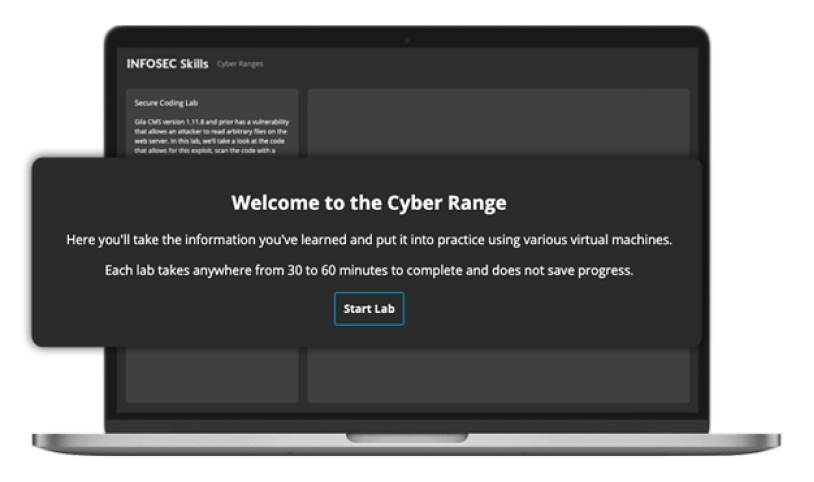
Web Server Protection Learning Path
20 hours, 7 minutes
Quick facts
About this learning path
-
courses
100% online
-
Duration
20 hours, 7 minutes
-
Assessment
questions
About Web Server Protection
The Web Server Protection Learning Path helps you learn the basic concepts and tools to design, evaluate and monitor your web server.
You begin with necessary networking and infrastructure concepts, allowing you to apply those concepts to your platform's design, preparation and installation. As you progress through nine web server security courses, you build defense-in-depth skills that allow you to design or improve your server protection platform defenses and implement and maintain a monitoring strategy that fits your business needs.
Who is this learning path for?
A security expert designed this series of web server courses to ensure new hires have the knowledge and hands-on skills to perform on the job. They are for anyone who manages and wants to learn skills. This includes:
- Security Engineers, Cloud Security Engineers and who manage a web server or a web application
- Security Managers, Security Architects and other technical roles are tasked with configuring web application firewalls and hardening systems
- Anyone who wants to build their skills around web server security
By the end of this learning path, you will understand:
- Hardening networks, hosts, web servers and applications
- Implementing web server controls
- Using command-line utilities to test web servers and extract logs
- Maintaining an efficient web application firewall configuration
- Deploying active defense mechanisms
Syllabus
Web Server Protection Skill Assessment
Assessment - 53 questions
Introduction to the Web
Course - 01:58:00
Infrastructure Components
Course - 02:18:00
Preparation - Design Considerations
Course - 01:09:00
Preparation - Hardening
Course - 02:19:00
Logs
Course - 01:43:00
Command Line
Course - 02:19:00
Web Application Firewalls
Course - 01:58:00
Monitoring
Course - 02:40:00
Active Defense
Course - 00:52:00
The details
Learning path insights
How to claim CPEs
Should you complete this learning path, you’ll be able to download a certificate of completion. Use this to claim your CPEs or CPUs.
Associated NICE Work Roles
All Infosec training maps directly to the NICE Workforce Framework for Cybersecurity to guide you from beginner to expert across 52 Work Roles.
- All-Source Analyst
- Mission Assessment Specialist
- Exploitation Analyst
No software. No set up. Unlimited access.
Skip the server racks and spin up a realistic environment with one click. Infosec Skills cyber ranges require no additional software, hardware or server space so your team can spend less time configuring environments and more time learning. Unlimited cyber range access is included in every Infosec Skills subscription so your team can skill up however they learn best.

Unlock 7 days of free training
- 1,400+ hands-on courses and labs
- Certification practice exams
- Skill assessments
Plans & pricing
Infosec Skills Personal
$299 / year
- 190+ role-guided learning paths (e.g., Ethical Hacking, Threat Hunting)
- 100s of hands-on labs in cloud-hosted cyber ranges
- Custom certification practice exams (e.g., CISSP, Security+)
- Skill assessments
- Infosec peer community support
Infosec Skills Teams
$799 per license / year
- Team administration and reporting
- Dedicated client success manager
-
Single sign-on (SSO)
Easily authenticate and manage your learners by connecting to any identity provider that supports the SAML 2.0 standard.
-
Integrations via API
Retrieve training performance and engagement metrics and integrate learner data into your existing LMS or HRS.
- 190+ role-guided learning paths and assessments (e.g., Incident Response)
- 100s of hands-on labs in cloud-hosted cyber ranges
- Create and assign custom learning paths
- Custom certification practice exams (e.g., CISSP, CISA)
- Optional upgrade: Guarantee team certification with live boot camps

